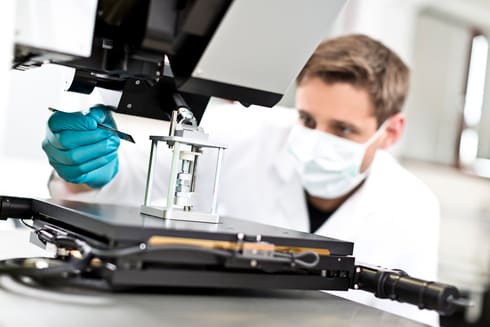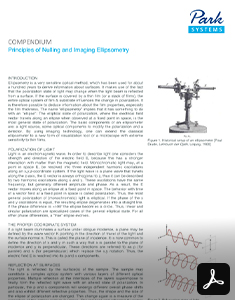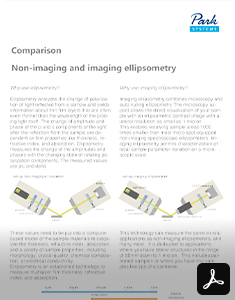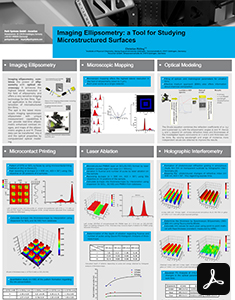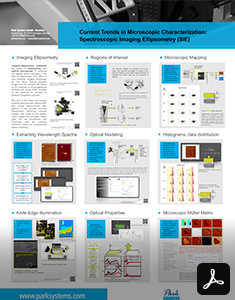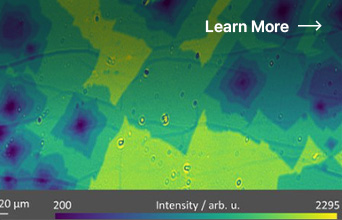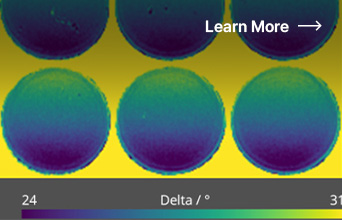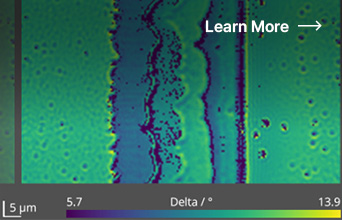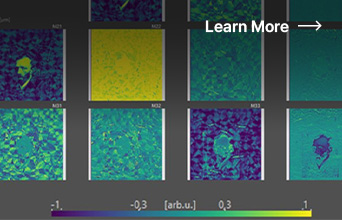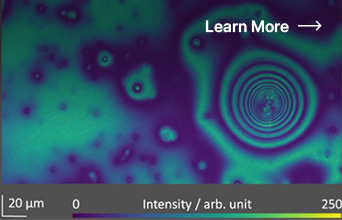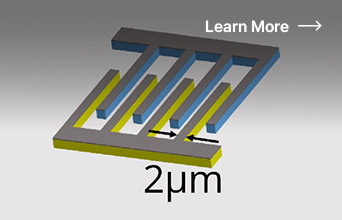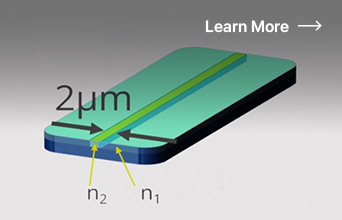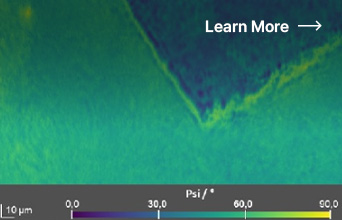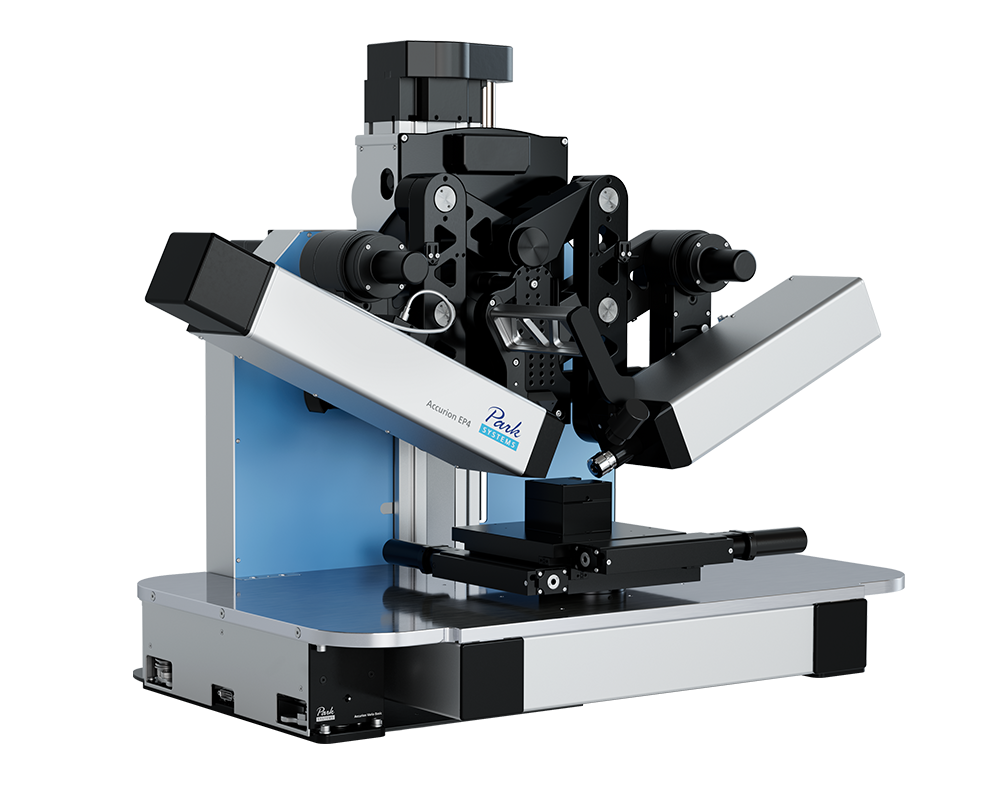
Accurion EP4
Our Latest Generation of Imaging Ellipsometers Combines Ellipsometry and Microscopy
Accurion EP4, our latest imaging ellipsometer, combines ellipsometry and microscopy for precise characterization of thickness and refractive index on micro-structures as small as 1 µm. Unlike conventional ellipsometers, all structures inside the field of view are measured simultaneously. The EP4 provides ellipsometric-contrast live-view, allowing detection of sub-nm features and identification of regions of interest for obtaining values and 3D maps of thickness (0.1 nm - 10 µm) and refractive index. Additional accessories are available to expand measurements under controlled conditions or temperature changes.

